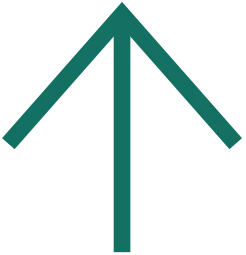- IUCN StatusNot evaluated
- Population100,000 worldwide - 1000 of these still live in the Shetland Isles
- DietHerbivore - grass, leaves & twigs. In the wild they will also eat mosses & seaweed
- GroupHerd
- SizeAverage height is approx 107cm
- ContinentEurope
- Lifespanapprox 30 years
- WeightApproximately between 150 to 200 kg
- HabitatFarmland & Shetland Isles
- Scientific NameEquus caballus caballus
Meet the Shetland Pony

The Shetland pony is a Scottish breed of pony originating in the Shetland Isles in the north of Scotland.
They may stand up to 107cm at the withers and have heavy coats and short legs.
A Shetland pony is strong for its size hence, they were first used for pulling carts and carrying peat, coal and other items and ploughing land. In the mid-nineteenth century (during the Industrial Revolution) thousands of Shetland ponies travelled to mainland Britain to be pit ponies as the need for coal increased.

Introducing....
our miniature Scottish ponies at Wolds Wildlife Park
Did you know?
Here are just some of the many things you may be interested to learn about Shetland Ponies
Are Shetland ponies strong?
Yes! Relative to their size, the Shetland pony is recognised as the strongest equid in existence.
Shetland ponies can pull twice their own weight, giving them about double the power of most heavy horses comparative to their physical size.
How long do Shetland ponies live?
The average expectancy for these ponies is between 25-30 years; a fit Shetland can outlive larger horses by at least five years.
When were Shetland ponies domesticated?
It is believed that Shetland ponies were domesticated around 500 BC and have been used all over the world for diverse purposes, from a riding horse to a plough or pack pony.
They have become one of the most popular ponies in the world.
What is a Shetland ponies coat like?
Over the years natural selection has created a sturdy animal with a coat that, in winter, has hairs which shed the rain, keeping the pony's skin dry and, in summer, a coat that carries a beautiful silky sheen.
Ponies have mane and tail hair that is long, straight, very strong and in the past was used for making fishing lines and bird snares. Shetland pony tail hair was much sort after and in the 17th century it was a crime to cut their tails, instead, the hair had to be removed very carefully.
What colour can shetland ponies be?
They can be almost every equine colour, including pinto combinations (patches of white and any other colour) but they are never spotted.
The most common colours are black, chestnut, grey, bay, brown, roan, palomino, buckskin, dun, cream and champagne - with every variety of face & leg markings.







